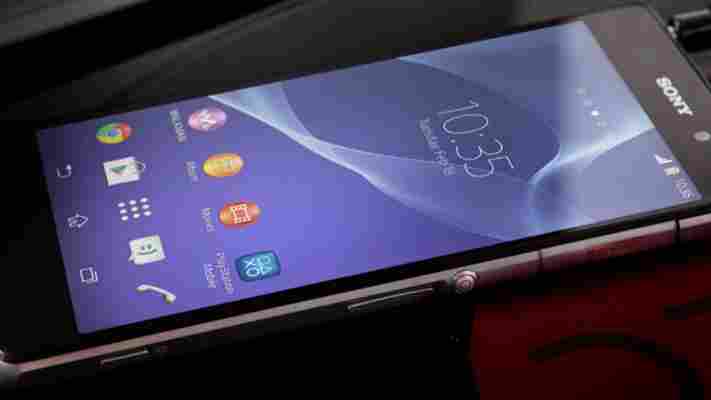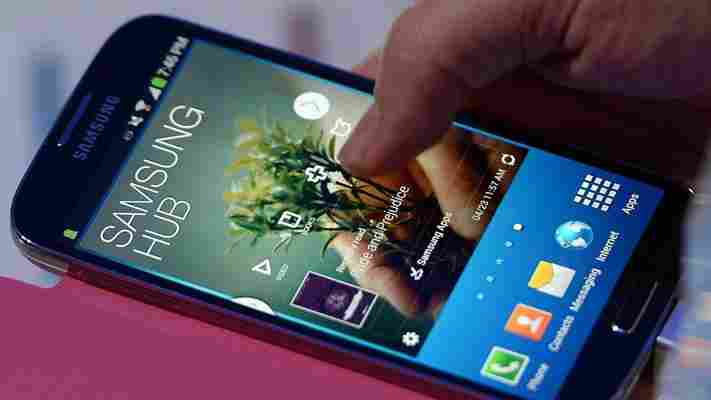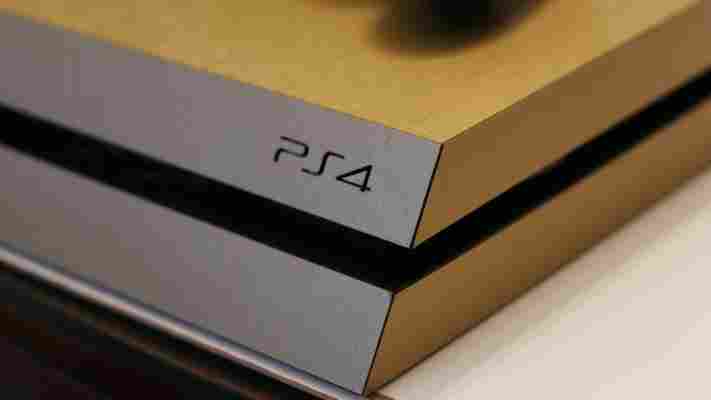Sony today unveiled the Xperia Z2, a handset that was codenamed Sirius , at Mobile World Congress. Despite launching the Xperia Z1 in September and the smaller Xperia Z1 Compact at CES last month, Sony is back once again with a new take on its flagship Android smartphone.

The device has a 5.2-inch display and a thin, 8.2mm aluminium frame that uses the Japanese firm’s ‘Omnibalance’ design language. Similar to the Xperia Z and Z1, the Xperia Z2 is waterproof and will be available in white, black and purple. It ships with the same 20.7-megapixel sensor found in the Xperia X1, but its software is upgraded with 4K video recording, SteadyShot image stabilization, and revamped camera apps.
The Xperia Z2 runs on a quad-core 2.3GHzQualcomm Snapdragon 801 processor, 3GB of RAM and a 3200 mAh battery. Sony is also promising better audio quality via its new integrated noise cancelling technology.
Sony put out a teaser video yesterday professing that “ something extraordinary ” would be announced at its press conference today. With the hashtag #XperiaDetails in tow, an upgraded camera or renewed focus on industrial design and software experience seemed likely. We’ll let you decide if the Xperia Z2 lives up to those expectations on paper.
The Xperia Z2 will be available globally from March, the price of the tablet has not been announced yet.
Visit our MWC 2014 page for more coverage
Security researcher bypasses Samsung Galaxy S4’s secure boot check on AT&T and Verizon phones
Azimuth security researcher Dan Rosenberg claims to have found a “design flaw” in Samsung’s secure boot system for the Galaxy S4. When exploited, the security hole allows the owner of the device to install another operating system other than the version of Android used by Samsung.

The S4, which has already passed 10 million channel sales one month after launch, comes in a variety of models, most of which include an unlocked bootloader. This means most S4 owners can flash custom kernels and make other modifications to the software on their own devices.
Unfortunately, the AT&T and Verizon versions ship with a locked bootloader, which Rosenberg has detailed and in which he has discovered a vulnerability that lets users bypass it. As a result, S4 users on the two largest carriers in the US could potentially run custom unsigned kernels and recovery images, just like their peers.
Samsung’s secure boot feature only allows kernels with the company’s RSA-2048 digital signature to boot the device. Since it is essentially impossible to crack RSA with 2048-bit keys, at least with the computing power available to most, Rosenberg had to sidestep the security in another fashion.
The security researcher says he reverse engineered Samsung’s code to figure out the memory address where the bootloader will load the kernel to carry out the signature check. He found the memory address can be chosen in such a way that the bootloader’s check_sig() function is overwritten before the loader actually calls it, thus bypassing the need to check whether a valid signature is present or not.
Rosenberg offers a tool to work around the bootloader’s security system. That being said, it’s not easy an easy process, so we recommend waiting a bit until other hackers build up simpler solutions on top of his work. The FAQ says as much:
If you’re still interested, head to this thread over at XDA Developers. All the files you need are hosted on GitHub .
Top Image Credit: Greg Wood / Getty Images
Dbrand skins add vinyl swagger to your favorite gadgets
I’ve been curious about Dbrand’s 3M vinyl skins for a while now, but I could never get a solid sense of how they’d look in real life from just the images on the company’s website. After trying out sample skins for the PlayStation 4 and iPhone 5s, I have to say the results are impressive.

Dbrand’s texture choices include a carbon fiber weave, brushed titanium, leather, colorful powder-coated material and wood. We went with wood for the iPhone 5s and a gold and matte black combination for the PS4. We also tried out a white leather Moto X skin, but we don’t recommend it (more on that later).
Other devices you can outfit with vinyl include Nexus smartphones and tablets, iPads, the PlayStation 3, Xbox 360, PlayStation Vita, HTC One, BlackBerry Z10 and the Galaxy S4. A full PS4 set of skins cost $45, while the Moto X and iPhone 5s versions cost $16 and $24, respectively.
The other factor holding me back from buying skins for my devices is the fear that I’d mess up the application. It takes a rare combination of patience and coordination to apply a skin or a screen protector without a few blemishes or air bubbles in the process.
Dbrand has a helpful series of video and photo directions on their site. I still managed to screw things up a bit, but the material tended to be forgiving. I ended up having to unpeel and reapply several of the pieces, but the end result turned out okay. If you’re willing to spend the extra time to go slowly and carefully line everything up, the skin really does fit perfectly.
Once applied, the mahogany skin looked and felt fantastic on the iPhone. However, the edges of the skin felt a tad sharp on the device when handling it, and I was slightly disappointed by a slight gap on the frame pieces that the product photos on the website didn’t show. The extra vinyl material also made the power button lose some of its travel; it’s only a minor annoyance, but still worth noting.
I feel somewhat guilty putting faux-wood vinyl over Apple’s metal design, but that’s what makes it so cheeky. The look will get old after a while, but the $24 shouldn’t be too much of a setback if you’re the type of person who changes cases every few months.
Despite my fears that the gold PS4 would come across as over the top, it actually looked pretty good. Yes, it borders on ridiculous, but it does so with style. You can customize your color scheme for the top left, top right, bottom left and bottom right sections, as well as the controller. One caveat: I’d skip the gold-accented controller in the future, as it looked tacky and changed the feel of the controls .
As for the Moto X, I don’t see the point when you already have loads of color and accent options with the Moto Maker tool. The white leather skin turned out to be a poor choice, as it didn’t cover up the phone’s underlying color. The setup might look better on a plain-colored Moto X, but it just looked and felt tacky on mine.
From a product perspective, Dbrand’s skins live up to the hype. The company’s use of 3M’s vinyl makes it easy to handle, durable and it doesn’t leave a residue when you take it off. However, when it comes to style, it’s up to you to pick the right one, as the results could turn out either awesome or awful.
